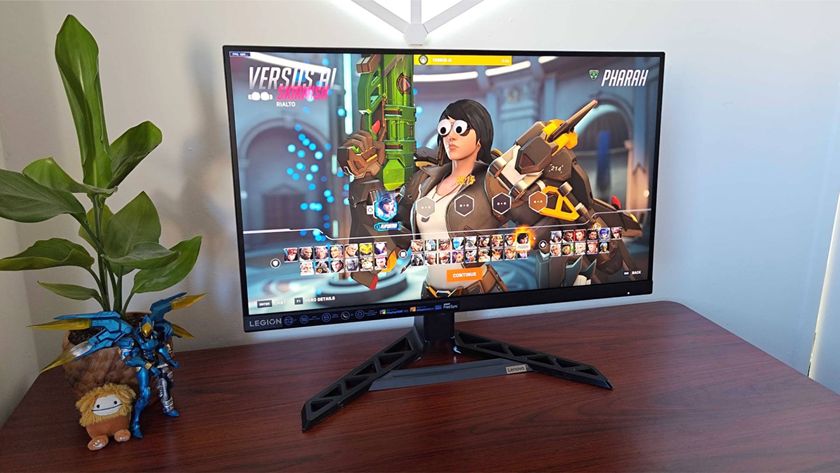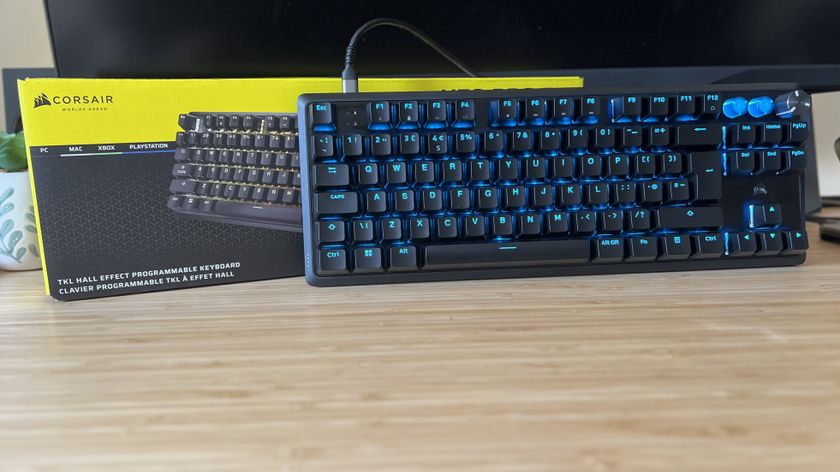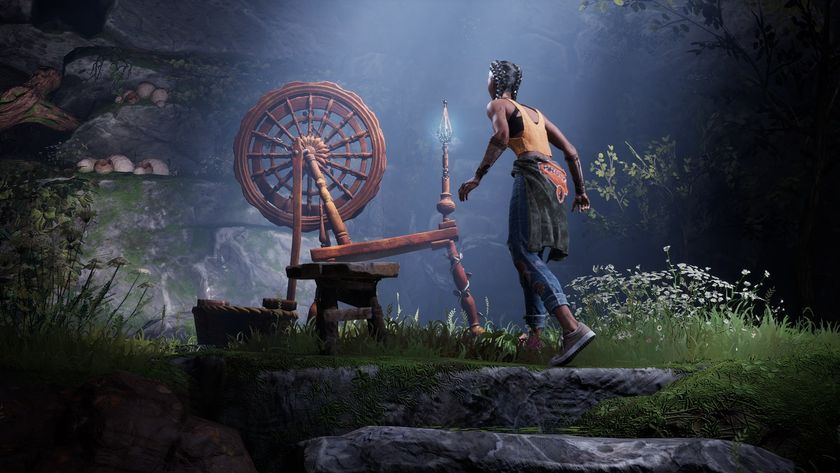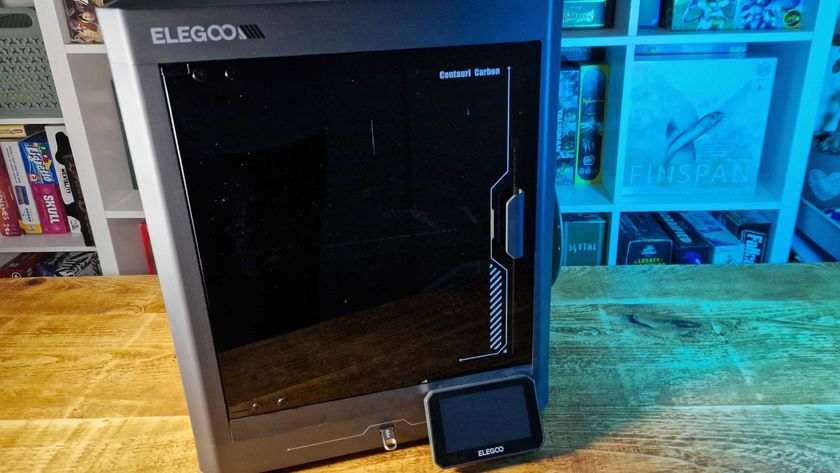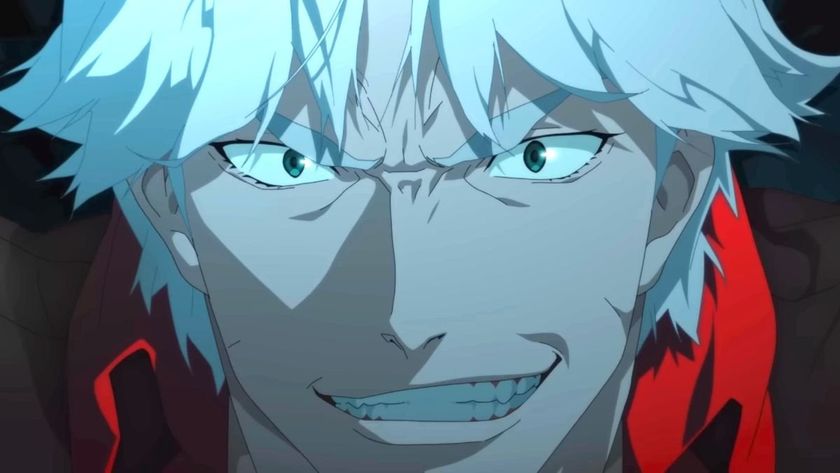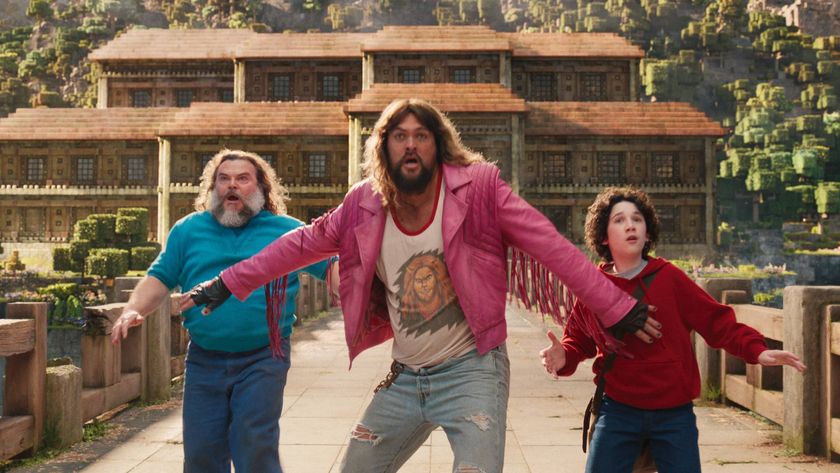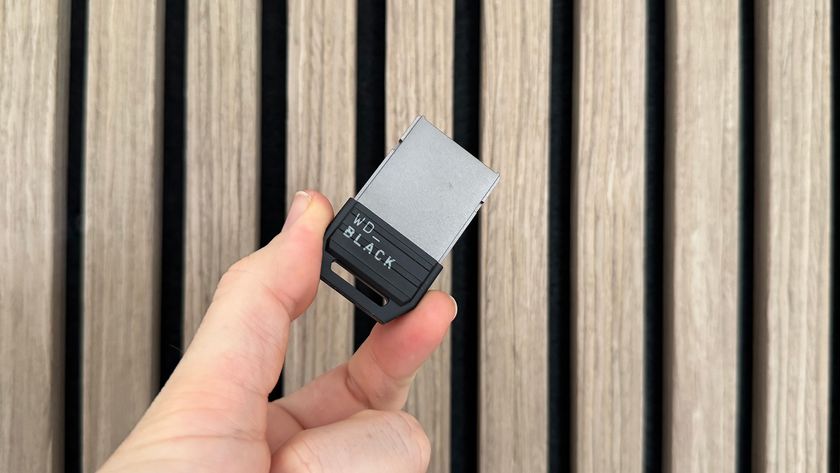Why you can trust 12DOVE
Stateside critics who've hated What Lies Beneath have justified their scorn by pointing out its painfully slow pace, obvious storyline and total reliance on the techniques and feel of formerly-alive fat scream-master Alfred Hitchcock. They've noted that its reliance on manufactured tension is so contrived and cynical that the whole film's simply a vanity project for director Robert Zemeckis. It is, in short, nothing more than mechanical string-pulling of audience emotions. Tellingly, the people who've loved What Lies Beneath cite exactly the same reasons.
This is not a warm film. The events take place in early autumn, as Vermont's famous forestry breaks out in amazing displays of reds and browns. Every shot and location suggests that, even though it might be sunny now, it'll become chillingly breezy later. The characters are equally icy - you see Claire Spencer's loneliness and Norman's dedication to his work, but neither the screenplay nor performances ever let you share it. Indeed, in many of the scenes, there's an overwhelming feeling that you're watching Harrison Ford and Michelle Pfeiffer act on a movie set.
Similarly, it's easy to spot how each sequence is a clinical exercise in mathematically precise timing: sudden jumps plus creeping chills plus false spooks equal general uneasiness. So while What Lies Beneath fails to engage you in the way that most films do, you're still the unwitting partner in Pfeiffer's exceedingly scary ride, since every scene goes where she goes and sees what she sees.
The criticism about lacking pace is hard to argue against, as nothing much happens, but it's the way in which nothing happens that's just marvellous. Early on for example, there's an incredible scene with a faulty door latch, nothing more. That a dodgy door lock can crank up an entire audience into a sweaty, nervously giggling mass of tension says a lot about how masterfully it's done. But maintaining the tension for two hours is a tricky proposition, and the film doesn't always succeed. Key exposition points are shoehorned into the dialogue early on with such blundering amateurishness that you'll be chucking popcorn at the screen, and there's a good argument to be made that there are about three shocks too many in the final act.
But overall, Zemeckis and his writers have done a superb job in recreating that old Hitchcockian tension. It's visual story- telling at its absolute finest, building up to an amazing 20-minute-long finale with no dialogue. So go with someone to hang onto, but see it cold - any plot-destroying reviews (and many mags and newspapers don't take the care we do) could spoil the whole film for you.
What Lies Beneath stretches a slim story out during two hours of "look behind you" thrills. It's hugely derivative of Hitchcock, but the professionalism of its stylistic excesses turns a clearly manufactured experience into a mammothly pleasurable one.
The Total Film team are made up of the finest minds in all of film journalism. They are: Editor Jane Crowther, Deputy Editor Matt Maytum, Reviews Ed Matthew Leyland, News Editor Jordan Farley, and Online Editor Emily Murray. Expect exclusive news, reviews, features, and more from the team behind the smarter movie magazine.
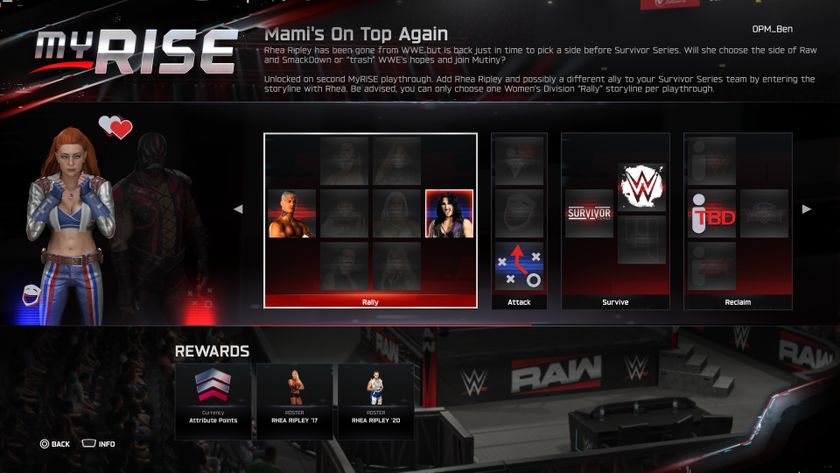
WWE 2K25 MyRise walkthrough and chapter rewards guide
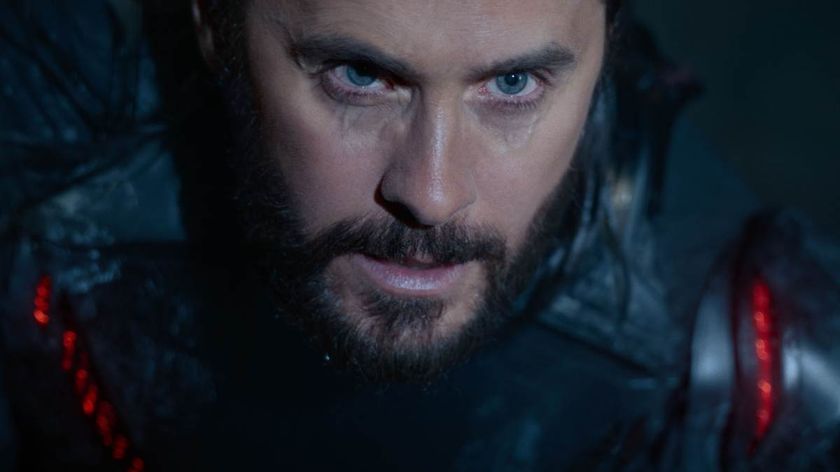
Tron: Ares fires up a brand new trailer and brings light cycles into the real world
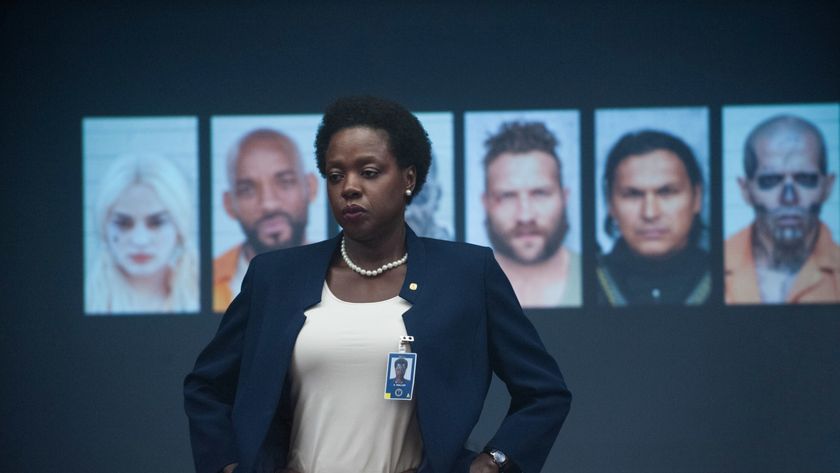
Doctor Who showrunner Russell T Davies is manifesting DC star Viola Davis being the next iteration of the villainous Master, calling her "one of the greatest actors in the world"
